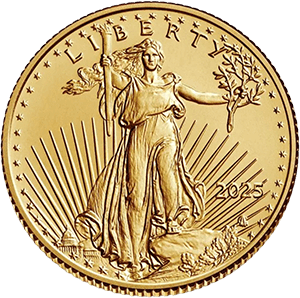A Nation in Financial Peril
In the late 1780s, the United States was still a fragile experiment. Having won independence from Britain only a few years earlier, the new republic found itself drowning in debt. The Revolutionary War had been costly, leaving the Continental Congress unable to pay soldiers, foreign creditors, or even the interest on its loans. Each state printed its own currency, leading to confusion, inflation, and little confidence in the economy.
The Articles of Confederation had created a weak central government with no power to tax, and this left the nation financially crippled. The situation was so dire that uprisings like Shays’ Rebellion (1786) — where indebted farmers in Massachusetts rose up against tax collectors — exposed how close the young country was to collapse.

The Constitutional Fix
The Constitution of 1787 changed everything by giving the federal government the power to levy taxes and regulate commerce. But having the authority was not enough; the new United States needed a system to actually manage its finances.
On September 2, 1789, Congress formally established the Department of the Treasury, making it one of the first executive departments. Its creation marked a turning point: America was not just independent — it was now on the path to financial legitimacy.

Alexander Hamilton’s Vision
George Washington appointed Alexander Hamilton as the first Secretary of the Treasury. Though only in his thirties, Hamilton had already served as Washington’s aide-de-camp and was a brilliant student of economics and finance.
Hamilton’s vision was revolutionary:
-
Fund Federal Debt: Pay back the nation’s Revolutionary War obligations in full to establish credibility.
-
Assume State Debts: The federal government would take on state debts, unifying the country under one financial system.
-
Create a National Bank: A central institution to manage deposits, loans, and government funds.
-
Establish Customs Duties and Excise Taxes: Provide a steady stream of revenue for the government.
Not everyone agreed. Figures like Thomas Jefferson and James Madison feared Hamilton’s plan gave too much power to the central government and catered to wealthy elites. Still, Hamilton’s policies laid the foundation for America’s long-term growth.
Building Blocks of the Treasury
-
The U.S. Mint (1792): Standardized American coinage, moving away from a confusing mix of foreign coins.
-
Customs Service: Tariffs collected at ports became the primary federal revenue stream.
-
Public Credit: Hamilton’s decision to honor debts in full gave the U.S. credibility with European lenders.
Legacy and Modern Relevance
The Treasury did more than save America in its infancy. It created the framework for:
-
The modern bond market (government debt as an investment vehicle).
-
America’s ability to finance wars, infrastructure, and innovation.
-
The eventual transition through the gold and silver standard, and later into today’s fiat currency system.
Today, the Department of the Treasury is central to everything from printing currency to managing national debt. For investors, it is a reminder that financial stability is the foundation of national strength — and that assets like gold often rise in importance when governments overextend their credit.











